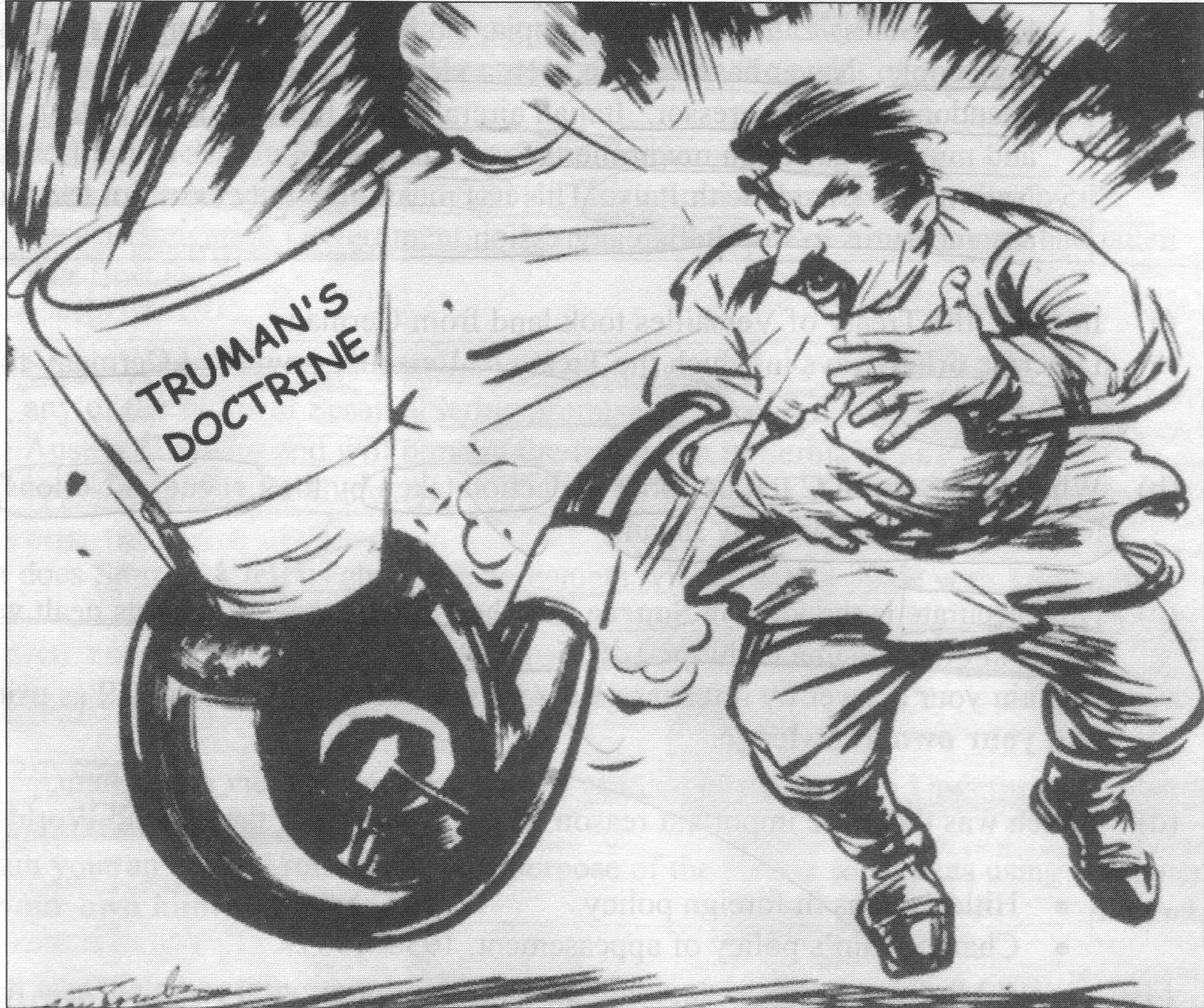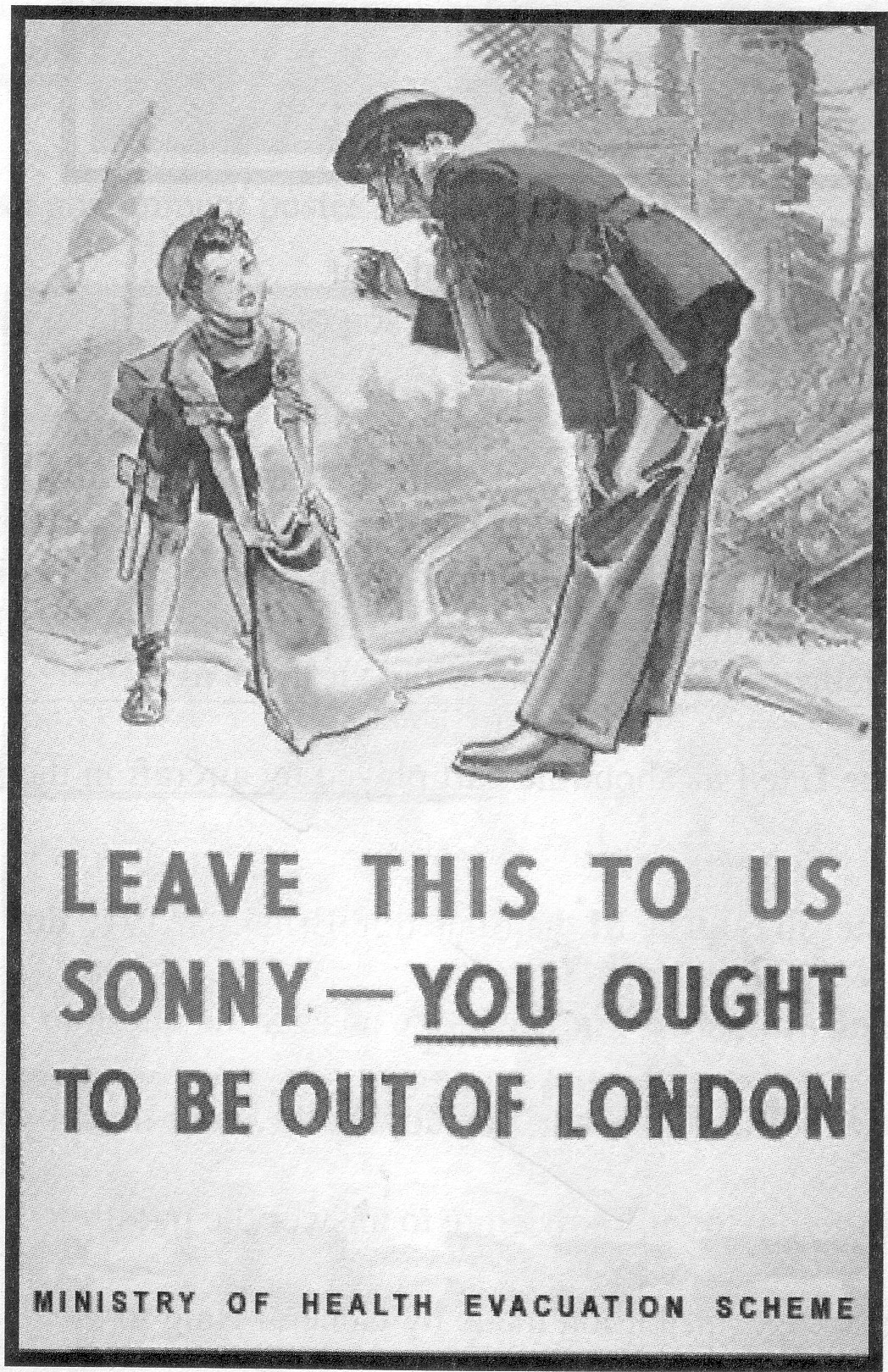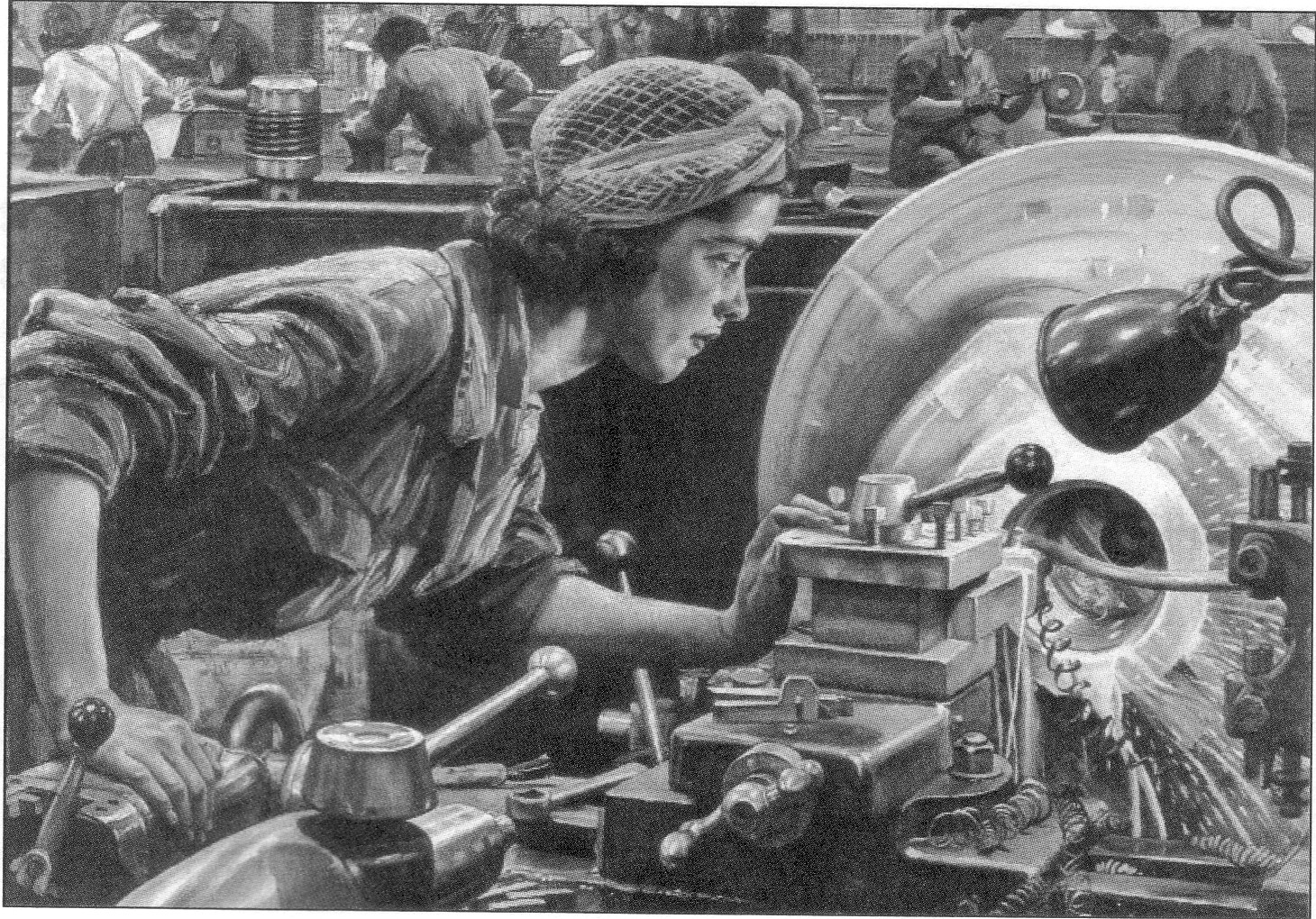
home tijdvak 1 tijdvak 2 tijdvak 3 tijdvak 4 tijdvak 5 tijdvak 6 tijdvak 7 tijdvak 8 tijdvak 9 tijdvak 10
GCSE examen 2008
Internationale conflicten in de twintigste eeuw
Voor elke vraag kun je 25 punten
halen.
1 Events leading to the First World War
Study Sources A and B and answer all the questions
which follow
Source A The Entente Cordiale
The agreements reached between Britain and France in
1904 tried to settle old arguments. France accepted the
British occupation of Egypt.Arrangements were made for
regular talks on naval and military matters, but it was
an 'entente' or understanding, not an alliance. it did
not bind either country to assist the other
automatically in the event of war.
Source B Relations between Austria-Hungary and
Serbia. From a Declaration which the Serbian government
was forced to sign by the Austro-Hungarian Government in
March 1909, after Austria-Hungary had taken over Bosnia.
Serbias accepts that the situation created in Bosnia
does not take away any of the rights of serbia. Serbia
promises to be on good terms with Austrai-Hungary and
will prevent the formation in Serbia of any groups
opposed to Austrai-Hungary.
a) What does Source a tell us about the agreement which
Britain made with France in 1904? (3 marks)
b) Describe the events of the Moroccan Crises,
1905-1911. (6 marks)
c) How accurate is the view in Souce B of the attitude
of the Serbian Government towards Austria-Hungary in the
years, 1908-1914? Explain your answer referring to the
purpose of the source, as well as using its content and
your own knowledge. (6 marks)
d) Which was the more important reason for the outbreak
of the First World War in 1914:
-
the arms race
-
the assassination of Franz Ferdinand in Sarajevo in 1914?
You must refer to both reasons when
explaining your answer. (10 marks)10 marks)
2 Events leading to the Second World War
Study Sources C and D and then answer all the
questions which follow
Source C The League of Nations and the Japanese
invasion of Manchuria, 1931
When Japan invaded the Chinese province of
Manchuria, the League of Nations decided to set up a
Commission of Inquiry under Lord Lytton. Its report was
published a year after the start of the invasion. It
said that Japan had acted against international law and
Manchuria should be returned to China. All the countries
in the League, except Japan, accepted the report. The
Japanese ignored the report and left the League.
Source D From a speech by Haile Selassie to the
League of Nations , 30 January 1936. Mussolini,the ruler
of Italy, had invaded Abyssinia, (Ethiopia) in September
1935.
I, Haile Selassie, Emperor of Ethiopia, am here today to
claim justice for my people. Never has a people been a
victim of such injustice and been abandoned to its
aggressor. italian aircraft have hurled bombs of tear
gas and mustard gas upon my armies. Some member
countries of the League of Nations are friends with
Italy. This has meant that they have not tried to take
any measures to stop Italian aggression.
a) In 1919, the Treaty of Versailles took land from
germany. Describe other ways in which the Treaty of
Versailles punished Germany for the First World War. (3
marks)
b) What does Source C tell us about the action taken by
the League of Nations when Manchuria was invaded by
Japan. (6 marks)
c) How accurate is the view in Souce D of how the League
of Nations dealt with the invasion of Abyssinia
(Ethiopia) 1935-36? Explain your answer referring to the
purpose of the source, as well as using its content and
your own knowledge. (6 marks)
d) Which was the more important reason for the outbreak
of the Second World War in 1939:
-
Hitler's aims in foreign policy
-
Chamberlain's policy of appeasement, 1938-1939?
You must refer to both reasons when
explaining your answer. (10 marks)10 marks)
3 The beginnings of the
Cold War
Study Sources E and F and then answer all the questions
which follow.
Source E The Yalta Conference, february 1945
At the time, the Yalta Conference was though to be a
success because there were several agreements. The
United Nations Organisation was to be set up. Germany
and Berlin were to be divided into three zones -
Russian, American and British (a French zone was
included later). Free elections were to be allowed in
the states of eastern Europe.
Source F The Truman Doctrine, 1947. An American cartoon
showing the Truman Doctrine choking Stalin, the leader
of the Soviet Union.

a) What does Source E tell us about the decisions
reached at Yalta in 1945? (3 marks)
b) How accurate is the view in Souce F of the Truman
Doctrine? Explain your answer referring to the purpose
of the source, as well as using its content and your own
knowledge. (6 marks)
c) Describe the events of the Berlin Blockade and
Airlift between June 1948 and May 1949. (6 marks)
d) Which was the more important reason for the
development of the Cold War:
-
the Potsdam Conference, July 1945?
-
the Marshall Plan, 1947
You must refer to both reasons when
explaining your answer. (10 marks)
Section B
Per vraag kun je 25 punten halen.
Britain in the Second World War
Study Sources P, R, S and T and then answer all the
questions which follow.
Source P The U boat threat to Britain.
The German U-Boats aimed to cut off Britain's supplies
from overseas. The British protected their merchant
ships by grouping them into convoys and using warships
to defend them. The development of sonic techniques
which could detect U-Boats underwater, was an advantage
to the British. Later, radar was used to detect
submarines on the surface. Aircraft were used to spot
U-Boats and destroy them using depth charges.
Source R A British government poster distributed
during the Second World War.

Source S Women working in an armaments factory
in the Second World War. A painting, Ruby Loftus at
Work, painted in the Second World War by Dame Laura
Knight, an official Government war artist.

Source T The Evacuation from Dunkirk 1940.
Written by Winston Churchill after the Second World War.
In the middle of our defeat, glory
came to the united and unconquerable people of Britain.
Let us remember that without the courage of the men at
Dunkirk, the recreation of an army in Britain for home
defence and final victory would have been almost
impossible. The story of the Dunkirk beaches will shine
wherever records are kept of our history.
a) What does Source P tell us about the methods used by
Britain to defeat the U-Boats in the Second World War?
(3 marks)
b) Why was the poster in Source R distributed in Britain
during the Second World War? Use Source R and your own
knowledge to answer the question. (6 marks)
c) How useful is Source S to an historian studying the
work done by women in the second World War? Use Source S
and your own knowledge to answer the question. (8 Marks)
d) Source T is about the importance of the evacuation
from Dunkirk in Britain's victory in the Second World
War. Do you agree with the interpretation of the
importance of Dunkirk? Expalin your answer by referring
to the purpose of the source, as well as its content and
your own knowledge. (8 marks)
Bron:
http://www.historyatfreeston.co.uk/fbechistorysite/exam%20papers/gcsepaper1-2008.htm
Copyright: Albert van der Kaap, 2012
